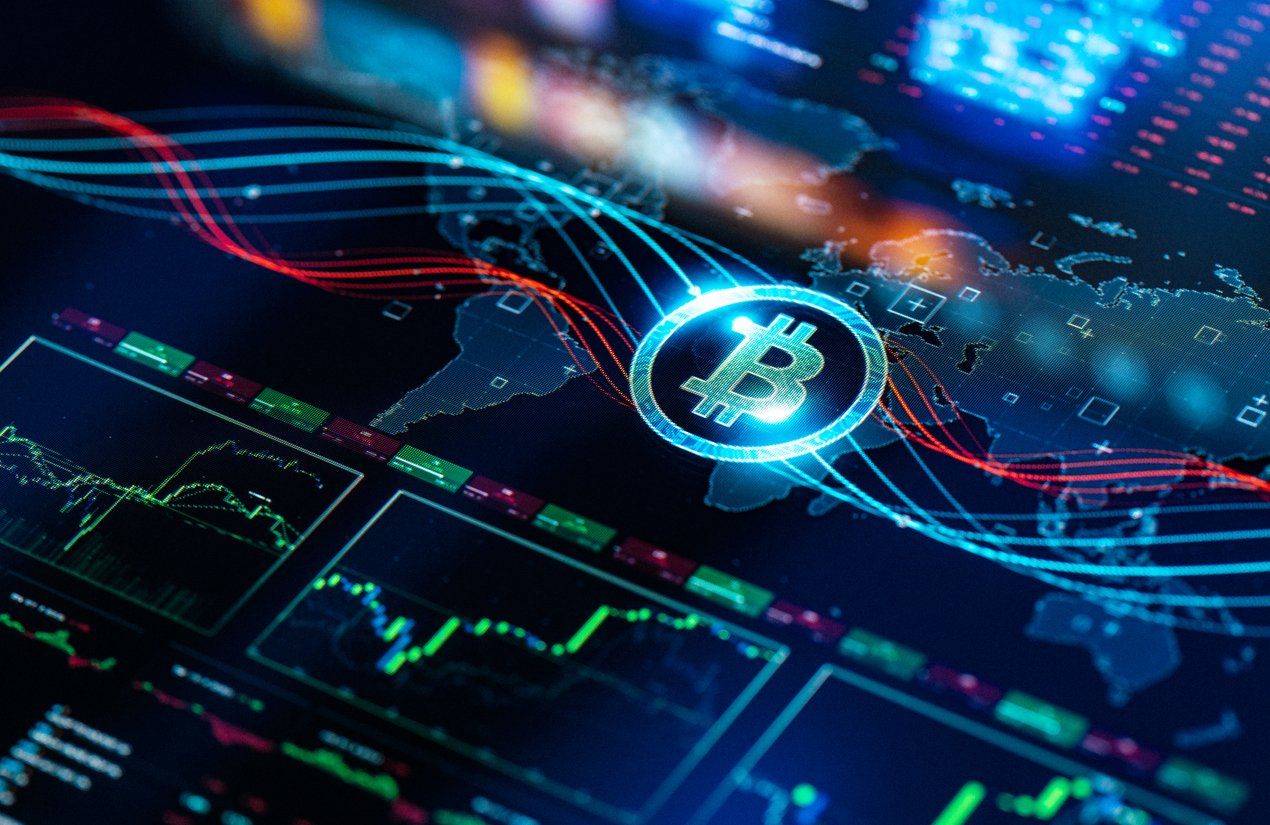Cryptocurrencies and IoT: Redefining the Future of Digital Transactions
In a world steeped in digital technology, it is no surprise that the traditional ways we view commerce and monetary exchange are rapidly evolving. Two key drivers in this revolution are cryptocurrencies and the Internet of Things (IoT), shaking up the status quo and breaking the barriers of modern financial transactions.
Understanding Cryptocurrencies
First, it is essential to understand what cryptocurrencies are and how they work. In simple terms, cryptocurrencies are digital or virtual currencies that use cryptography for security. While Bitcoin, launched in 2009, is the most well-known of these, thousands of other cryptocurrencies are in operation. Each one utilizes blockchain technology to gain transparency and irrevocability.
What is Blockchain?
Blockchain technology is essentially a decentralized ledger. Instead of the traditional model where a single entity (like a bank) maintains a central ledger, blockchain records are maintained on a network of computers. Each transaction is recorded in a "block," and the blocks are "chained" to form a complete history of all transactions associated with a given cryptocurrency.
The Crypto-Economy
While it began as a niche interest among the tech-savvy crowd, the use of cryptocurrency has spilled over into mainstream society. Some of the biggest companies in the world, including Microsoft, Subway, and Amazon, are now accepting Bitcoin as a payment method, signaling a recognition of the value and potential of these digital assets.
Cryptocurrency in Everyday Life
One aspect worth noting is the growing integration of cryptocurrency into online businesses. Bitcoin and other digital currencies have made transactions simpler, faster, and more secure, particularly for online services. One prime example is bitcoin casino, an online hub where users can leverage their digital assets for entertainment. This perfectly illustrates the ongoing shift to a broader acceptance and use of cryptocurrencies in daily life.
The Rise of IoT
However, cryptocurrency is just one side of the story. As the digital age evolves, the Internet of Things (IoT) transforms the world around us by bridging the gap between digital and physical environments.
IoT Connecting worlds
With IoT, everyday items are now being designed and adapted to connect and exchange data with other devices and systems over the internet. This connected network makes life easier by automating tasks and creating a seamless interaction between devices.
IoT & Finance
The financial sphere is not immune to the IoT revolution either. IoT is a significant facilitator in the transaction and payment sector by simplifying the exchange of money, managing expenses, or tracking assets.
Cryptocurrency and IoT - A Powerful Alliance
The intersection of cryptocurrency and IoT presents fascinating possibilities. With a shared emphasis on decentralization, these two fields appear perfectly attuned to each other. Cryptocurrency provides a secure, transparent transaction method for goods and services, while IoT devices carry out these transactions seamlessly, creating an efficient, interlocked system of trade and exchange.
Looking Forward
The future prospects for integration between both technologies are significant. As IoT devices increase in sophistication and cryptocurrencies become more mainstream, it is only a matter of time before digital transactions become the rule rather than the exception. While we may be in the early days of this revolutionary convergence, it is essential to understand and adapt to these emerging technologies. As cryptocurrencies and IoT redefine the future of digital transactions, they will fundamentally change how we conduct our everyday lives and the devices we use to interact with the world around us.
Conclusion
Cryptocurrencies, such as Bitcoin and the Internet of Things, are technologies that stand to revolutionize the world. With the potential to reshape our daily lives, these innovations are not just buzzwords or temporary trends - they represent the next era of digital evolution. As these technologies continue to evolve and shape our future, it is crucial for us to stay informed and ready to adapt to these ever-changing digital landscapes. With the constant evolution of digitization and technology, the age of traditional transactions and isolated devices may soon be a thing of the past, paving the way for a seamlessly interconnected digital world.
